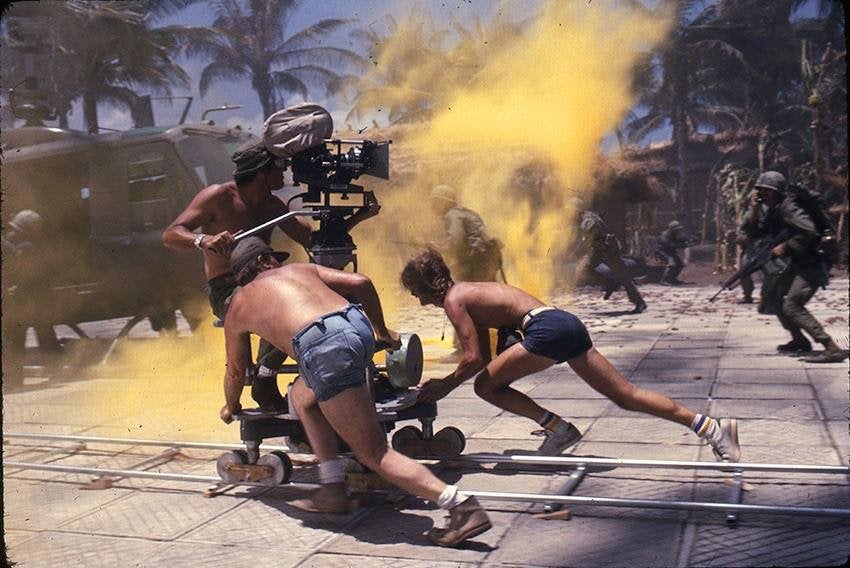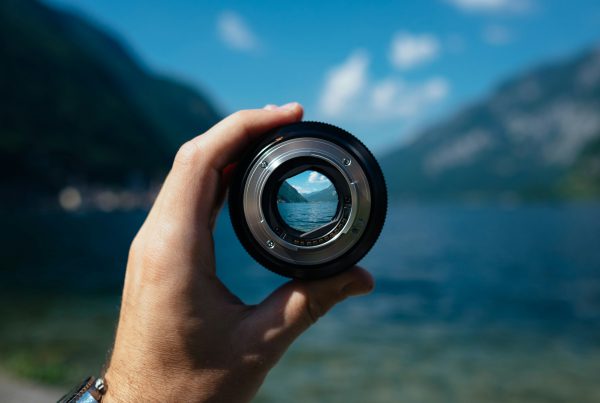Can You Differentiate Between a Pan and a Tilt?
Our industry uses a lot of specific jargon, and every once in a while some of those terms make their way into more everyday usage. But, that doesn’t mean people are using those terms correctly. So, we figured that from time to time we’d try to help clarify some of these terms in case you ever find yourself a part of a production and don’t want to feel out of the loop.
Today’s topic is all of the various camera moves.
It seems like everybody knows one or two of these terms. If I said we were going to zoom in, or pan right, you’d have a pretty good idea of what was being discussed. But most people tend to use those terms as catch-all words to describe many more camera moves than they are really meant to describe.
So let’s just take a look at some of the more common terms and see what each move is and is not.
Pan
A panning shot is one that pivots horizontally, usually while mounted to a tripod. This movement is very similar to a person turning her head from right to left (or left to right). Please note that this is a horizontal move, so it should not be confused with a…
Tilt
A tilting shot is very similar to a pan, it simply moves vertically. Again, this usually takes place when the camera is in a fixed location and then the lens looks up or down.
Zoom
This is one that gets misused quite often so let’s dive in. A zoom shot is one in which the camera appears to get closer to, or further from the subject due to manipulating the mechanics of the lens. A zoom shot can, and often does, occur with a stationary camera. So, it shouldn’t be confused with a…
Dolly
Much like a zoom shot, the dolly shot gives the appearance of getting closer to, or further away from a subject. A dolly shot, however, achieves this by moving the entire camera forwards or back. Traditionally, these shots were achieved by laying dolly tracks on the ground and rolling the camera along them very smoothly. But these days, you’re much more likely to find someone using a camera-stabilizing system to approximate this feel.
Trucking
A trucking shot is very similar to a dolly shot, except the camera is moving sideways, rather than forwards or backwards. Imagine a shot of someone walking down a long hall. We could put the camera in front of them and dolly back. Or the camera could be to the side of them and we could truck along with them as they walk.
Boom/Jib
A boom or a jib shot is a little less common, but this is a shot when the camera moves up or down. Not to be confused with a tilt, a jib shot is one where the entire camera (not just the lens) is moved vertically. Imagine a shot starting at the base of a tall tree that slowly moves up to reveal the entire height.
Now, obviously this isn’t the entirety of camera moves. Many of these can be combined to create unique movements to help a director tell their story. But if your goal is to walk onto a set and not feel out of place, knowing these terms should help you a great deal.




